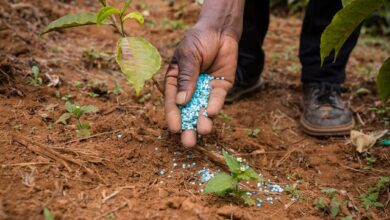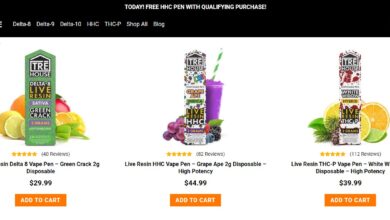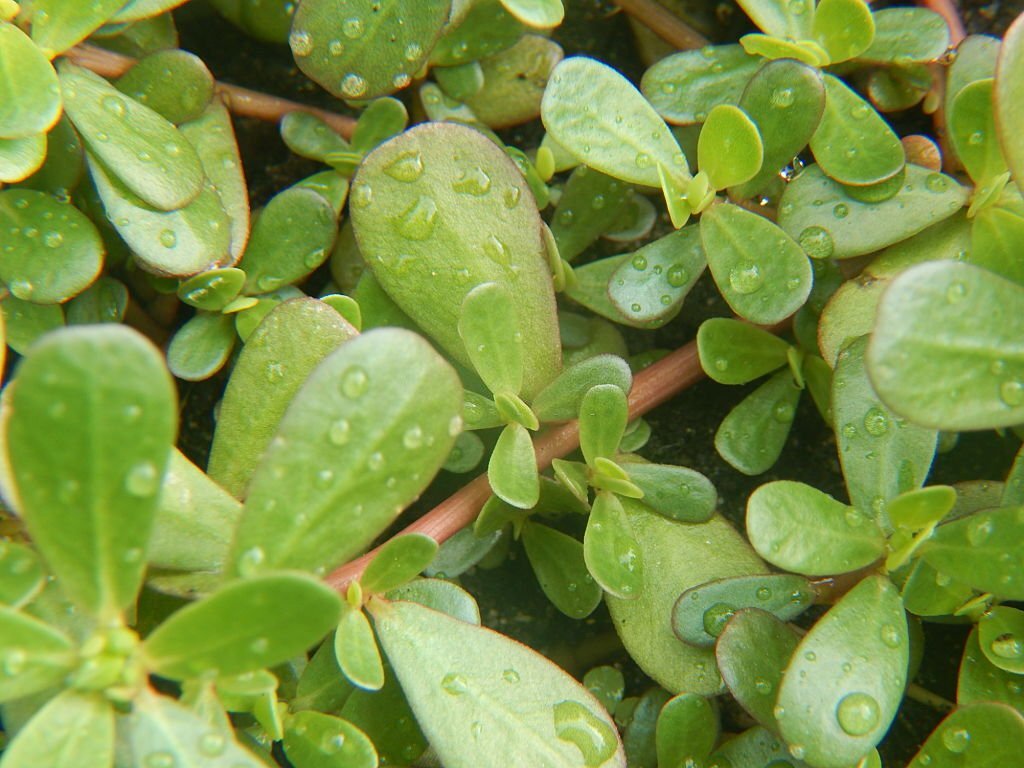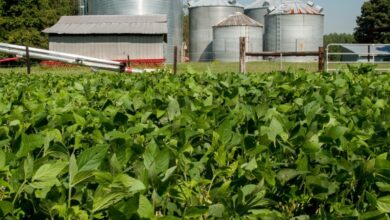Modern Farming with Greenhouse Roof Installation
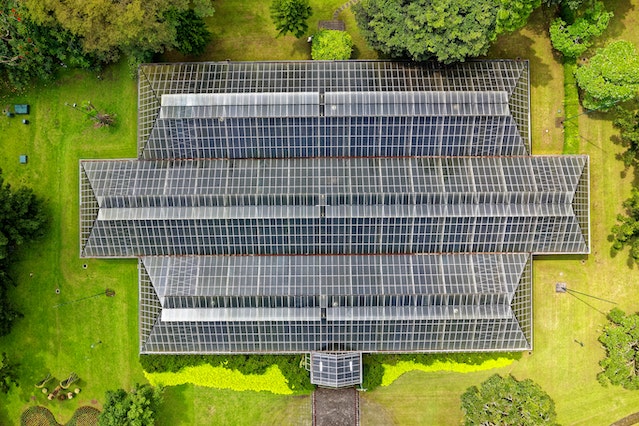
Last updated on June 24th, 2024 at 11:12 am
Table of contents
- Introduction to modern farming
- The benefits of using a greenhouse roof installation for farming
- Factors to consider when choosing the right type of greenhouse roof
- Different types of greenhouse roof materials and their pros and cons
- Step-by-step guide on how to install a greenhouse roof
- Tips for maintaining and maximizing the potential of your greenhouse roof installation
- Real-life success stories from farmers using greenhouse roofs
- Conclusion: The future
Introduction to modern farming
Welcome to the world of modern farming! Gone are the days when agriculture was limited to vast open fields and unpredictable weather conditions. With advancements in technology, farmers now have access to innovative solutions that enable them to grow crops more efficiently, regardless of external factors.
One such game-changer is the greenhouse roof installation – a structure that brings together nature and engineering brilliance. This ingenious invention allows farmers to create their own controlled environments, optimizing crop growth and protecting plants from harsh elements.
In this blog post, we will delve into the importance of proper greenhouse structures for modern farming and explore how a well-designed greenhouse roof replacement can revolutionize agricultural practices. So buckle up as we take you on a journey through the benefits, considerations, materials, installation process, maintenance tips, and success stories associated with these remarkable roofing systems.
Get ready to uncover the immense potential that awaits within those glass or polycarbonate panels overhead – because with our help, your farm could be on its way to unprecedented heights!
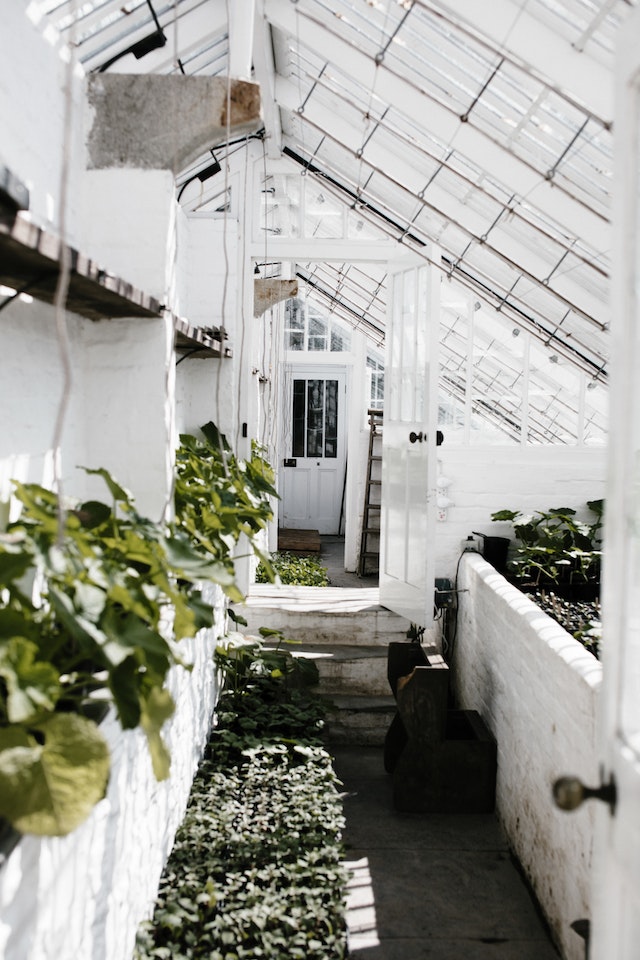
The benefits of using a greenhouse roof installation for farming
When it comes to modern farming, having the right infrastructure in place is crucial for success. One key element that has revolutionized the industry is the greenhouse roof installation. This innovative solution offers numerous benefits that can significantly improve crop production and overall efficiency.
First and foremost, a greenhouse roof provides protection from harsh weather conditions such as extreme temperatures, heavy rain, hailstorms, and strong winds. By creating a controlled environment inside the greenhouse, farmers can ensure optimal growing conditions year-round. This means increased crop yields and improved quality of produce.
In addition to weather protection, greenhouse roofs also offer excellent pest control. The enclosed structure prevents pests like insects and birds from damaging crops or spreading diseases. With fewer pests to contend with, farmers can reduce their reliance on harmful pesticides and focus on sustainable farming practices.
Another advantage of using a greenhouse roof installation is its ability to extend the growing season. By regulating temperature and humidity levels within the greenhouse, farmers have greater flexibility in cultivating crops outside their traditional harvesting periods. This not only allows for continuous production but also opens up opportunities for diversifying crops throughout the year.
Furthermore, greenhouses provide efficient use of resources such as water and energy. With advanced irrigation systems integrated into these structures, water usage can be optimized through precise control over watering schedules and methods. Additionally, many modern greenhouses incorporate renewable energy sources like solar panels to power ventilation systems or lighting requirements.
Moreover, utilizing a greenhouse roof installation enables vertical farming techniques that maximize space utilization by stacking plants vertically instead of horizontally across large fields. This vertical integration not only increases productivity but also reduces land usage – an essential consideration in urban areas where available farmland may be limited.
Factors to consider when choosing the right type of greenhouse roof
When it comes to choosing the right type of greenhouse roof, there are several factors that need to be considered. The first and foremost is the climate in your area. Different types of roofs will perform better in different climates, so it’s important to choose one that can withstand extreme temperatures, high winds, or heavy snow loads.
Another factor to consider is the material of the greenhouse roof. There are various options available such as glass, polycarbonate, acrylic, and polyethylene. Each material has its own pros and cons in terms of durability, light transmission rate, insulation properties, and cost.
The size and shape of your greenhouse also play a role in determining the appropriate roof type. For instance, if you have a large structure with a wide span between support posts, you may need a stronger roof material that can handle the weight without sagging.
Additionally, consider your budget when selecting a greenhouse roof. Some materials may be more expensive upfront but offer long-term savings through energy efficiency or reduced maintenance requirements.
Think about any specific needs or preferences you have for your crops. Certain plants may require specific lighting conditions or protection from UV rays which could influence your choice of roofing material.
By carefully considering these factors before making a decision on your greenhouse roof installation , you can ensure that you choose the right type for optimal performance and longevity.
Different types of greenhouse roof materials and their pros and cons
Different types of greenhouse roof materials play a crucial role in optimizing the growing conditions for plants. Let’s explore some popular options and their pros and cons.
1. Glass: Glass roofs are known for their durability and ability to allow maximum sunlight penetration, promoting healthy plant growth. They also provide excellent insulation during colder months. However, glass can be expensive, heavy, and may require regular cleaning to maintain optimum light transmission.
2. Polycarbonate: This material is lightweight yet sturdy, making it an ideal choice for greenhouse roofs. It offers good UV protection and high heat retention while still allowing sufficient light transmission. Polycarbonate is cost-effective compared to glass but may have a shorter lifespan due to potential discoloration over time.
3. Acrylic: Acrylic roofs offer similar benefits as polycarbonate but with even better light transmission properties. They are highly resistant to impact and hail damage but can be prone to scratching if not handled carefully.
4. Polyethylene Film: This affordable option provides adequate light diffusion while maintaining a controlled environment inside the greenhouse. Polyethylene film is lightweight, easy to install, and offers good insulation properties; however, it has limited longevity compared to other roofing materials.
5. Fiberglass: Fiberglass roofs combine strength with flexibility, providing excellent resistance against extreme weather conditions like wind or hailstorms. They offer superior light transmission but tend to yellow over time due to UV exposure.
Choosing the right type of greenhouse roof material depends on various factors such as budget constraints, climate considerations, desired level of insulation or transparency needed for specific crops or plants being cultivated.
Step-by-step guide on how to install a greenhouse roof
Installing a greenhouse roof may seem like a daunting task, but with the right guidance and preparation, it can be done successfully. Here is a step-by-step guide to help you through the process.
1. Choose the right materials: Selecting the appropriate greenhouse roof material is crucial for optimal performance. Consider factors such as durability, light transmission, insulation properties, and cost before making your decision.
2. Prepare the structure: Ensure that your greenhouse framework is strong and stable enough to support the weight of the roof material. Make any necessary repairs or reinforcements before proceeding.
3. Measure and cut: Accurate measurements are essential for a proper fit. Carefully measure each section of your greenhouse roof and use these dimensions to cut your chosen roofing material accordingly.
4. Install ventilation systems: Proper airflow is vital in maintaining ideal growing conditions within your greenhouse. Install vents or fans strategically to promote air circulation while preventing heat buildup.
5. Secure the roof panels: Begin by attaching one end of each panel securely to prevent slippage or movement during installation. Gradually work your way across, fastening each panel tightly into place using appropriate screws or clips.
6. Seal gaps and edges: To ensure maximum efficiency in retaining heat and moisture, seal any gaps between panels as well as along edges with weatherproof tape or caulk.
7. Test for stability: Once all panels are installed, carefully inspect their alignment and structural integrity by applying gentle pressure throughout different sections of the roof.
Remember that this guide serves as an overview; specific instructions may vary depending on your chosen materials and design preferences.
Tips for maintaining and maximizing the potential of your greenhouse roof installation
Maintaining and maximizing the potential of your greenhouse roof installation is essential for ensuring a successful and thriving farming operation. Here are some valuable tips to help you achieve just that.
1. Regular inspection: Conduct regular inspections of your greenhouse roof to identify any damage or wear and tear. Look out for cracks, leaks, or loose panels that may compromise the structure’s integrity.
2. Cleanliness is key: Keep your greenhouse roof clean by removing debris, leaves, and other materials that can accumulate over time. This will prevent blockages in gutters or drainage systems and ensure proper water flow.
3. Adequate ventilation: Proper airflow is crucial for maintaining optimal temperature and humidity levels inside the greenhouse. Make sure vents, fans, or louvers are functioning correctly to regulate air circulation effectively.
4. Pest control measures: Implement preventive pest control methods such as applying insect screens on windows and vents to keep unwanted pests out while allowing beneficial insects in.
5. Monitor moisture levels: Install a monitoring system to track humidity levels within the greenhouse roof structure regularly. This allows you to adjust watering schedules accordingly and prevents issues like mold growth or excessive condensation.
6. Repair promptly: Address any repairs needed immediately rather than letting them escalate into more significant problems down the line. Small fixes can save you time, money, and effort in the long run.
7. Crop rotation strategy: Implement a crop rotation strategy within your greenhouse space to maximize yields while minimizing disease buildup in soil nutrients depletion
By following these tips diligently, you’ll not only maintain but also optimize the potential of your greenhouse roof installation for flourishing crops all year round!
Real-life success stories from farmers using greenhouse roofs
Real-life success stories from farmers using greenhouse roofs are a testament to the incredible potential of this modern farming technique. These stories highlight how greenhouse roof installations can revolutionize agriculture by providing an optimal growing environment for crops.
One farmer, John, transformed his small family farm into a thriving business with the help of a greenhouse roof. He was able to extend his growing season and protect delicate plants from harsh weather conditions. With increased control over temperature and humidity levels, he grew higher quality fruits and vegetables that commanded premium prices in the market.
Another farmer, Sarah, turned her passion for organic farming into a sustainable business with the aid of a greenhouse roof installation. By creating an enclosed space, she successfully kept pests at bay without relying on harmful pesticides. Her organic produce gained popularity among health-conscious consumers who appreciated the superior taste and nutritional value offered by her crops.
In addition to improved crop quality and protection against pests, greenhouse roofs have also helped farmers reduce water consumption. Jim implemented advanced irrigation systems in his greenhouses which minimized water waste while ensuring optimal hydration for his plants. This not only saved him money but also contributed to preserving precious natural resources.
These real-life success stories demonstrate that investing in a high-quality greenhouse roof is more than just another expense – it’s an investment that pays off exponentially over time. Farmers who embrace this innovative approach enjoy increased productivity, better crop yields, enhanced profitability, and even contribute to eco-friendly practices.
The future of farming lies in harnessing technology like greenhouse roof installations to unlock greater agricultural potential while minimizing environmental impact. As more farmers recognize these benefits firsthand through their own success stories, we can expect widespread adoption of this game-changing farming method across various regions and climates worldwide
Conclusion: The future
As we look ahead to the future of farming, it’s clear that greenhouse roof installations will play a crucial role in maximizing agricultural potential. With their ability to create controlled environments and protect crops from harsh weather conditions, these structures offer endless possibilities for modern farmers.
The benefits of using a greenhouse roof installation are vast, from increased crop yields and extended growing seasons to reduced water consumption and improved pest control. By choosing the right type of greenhouse roof material and following proper installation techniques, farmers can harness the power of this technology to revolutionize their operations.
But it doesn’t stop there. As advancements in technology continue to unfold, we can expect even more innovations in greenhouse roofs. From solar-powered panels that generate energy for the entire farm to smart systems that monitor temperature levels and adjust them accordingly, the future holds exciting opportunities for agricultural sustainability.
Real-life success stories from farmers who have embraced greenhouse roofs serve as proof of their effectiveness. These pioneers have witnessed firsthand how this investment has transformed their businesses by increasing productivity and profitability while minimizing environmental impact.
Contact Us
AllPro Roofing Company Parksville
Address: 903 Kasba Cir, Parksville, BC V9P 2A7
Areas served: Parksville and nearby areas
Hours: Open 24 hours
Phone: (250) 522-0216
Province: British Columbia


